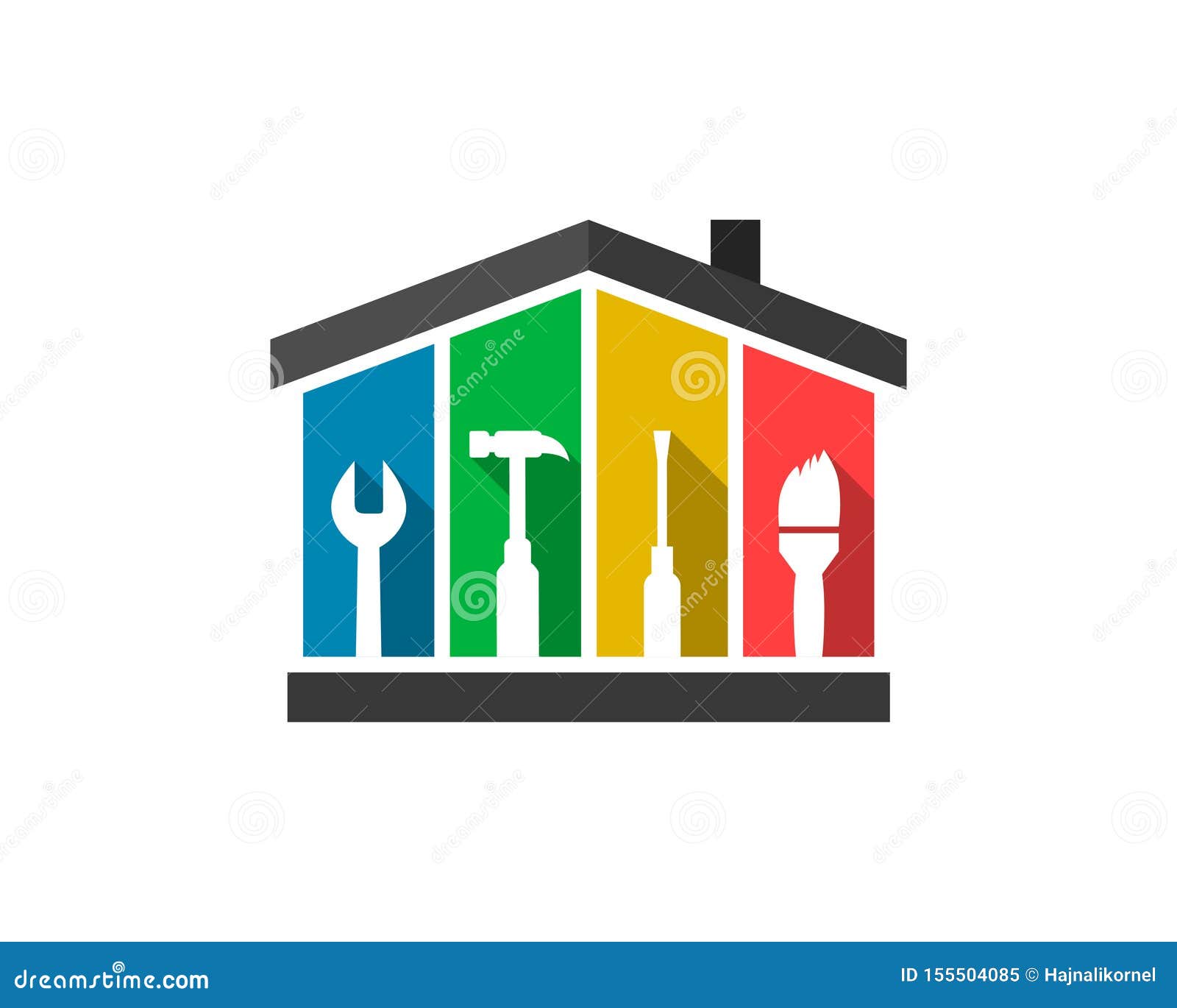The Crucial Guide to Facility Management: Strategies for Success
Center monitoring plays an important function in the general success of an organization, acting as the foundation that supports effectiveness, safety, and efficiency. By using tactical techniques such as integrated technical options and cultivating cross-departmental cooperation, organizations can substantially improve their functional structures. Nonetheless, the subtleties of reliable center monitoring extend beyond mere logistics and call for an extensive understanding of both quantitative and qualitative metrics. As we discover these crucial strategies, a closer evaluation exposes exactly how they can change not just centers, but the actual society within an organization itself. What might these improvements resemble in practice?
Understanding Center Administration
What makes up efficient center management? Reliable facility management includes the control of different business functions to make certain that constructed environments are secure, efficient, and helpful to efficiency. Facility Management. It incorporates the principles of organization, architecture, and engineering monitoring to create a seamless functional circulation within an organization
Trick elements of facility monitoring include area planning, maintenance monitoring, and conformity with health and safety guidelines. Room planning focuses on enhancing making use of physical sources to sustain business objectives, while upkeep management guarantees that facilities are kept in ideal problem, maximizing life-span and reducing operational costs. Compliance with regulatory and lawful criteria is crucial, as it safeguards the organization versus potential obligations and improves its online reputation.
Furthermore, effective center monitoring counts on the calculated usage of modern technology, such as Building Management Systems (BMS) and Computer-Aided Facility Administration (CAFM) tools. These innovations facilitate real-time surveillance of structure systems and streamline maintenance processes. Eventually, a thorough approach to facility monitoring not just advertises functional efficiency yet additionally cultivates a favorable atmosphere for site visitors and staff members alike, driving general organizational success.
Secret Techniques for Optimization
Maximizing facility management calls for a strategic strategy that lines up operational techniques with business goals. To accomplish this, the first essential method is the application of integrated technical options. Making use of sophisticated software application systems permits real-time tracking of center operations, facilitating data-driven decision-making and enhancing general efficiency.
Secondly, routine analyses of facility efficiency are essential. Conducting regular examinations and audits enables facility supervisors to determine areas that require enhancement, guaranteeing that sources are designated effectively. This aggressive method helps in reducing downtime and improving solution shipment.
An additional critical strategy is promoting collaboration across divisions. By urging open communication in between groups, facility supervisors can better straighten their strategies with service objectives, leading to improved functional harmony. Furthermore, involving staff in training programs promotes a society of accountability and improves their capacity to contribute to optimization initiatives.
Enhancing Safety Procedures
Reinforcing safety procedures is essential for producing a safe and secure environment within facilities. A detailed security protocol not only shields employees and visitors but also improves functional performance. To achieve this, center supervisors should conduct regular risk analyses to guarantee and recognize possible risks that ideal procedures remain in area.
Training and education are crucial elements of effective security methods - Facility Management. Staff members must get ongoing training in emergency situation treatments, tools handling, and personal protective measures. Normal drills, such as fire discharges or lockdown treatments, foster knowledge and preparedness among personnel
Additionally, clear communication channels must be established to report safety and security issues promptly. This consists of producing an obtainable platform for staff members to voice prospective risks or events without worry of reprisal. Leveraging modern technology can boost security procedures; for example, implementing security systems and accessibility controls aids keep track of facility activities and limit unauthorized access.
Finally, conformity with regional laws and market requirements is non-negotiable. Normal audits and testimonials of security procedures ensure placement with present legislations and ideal methods. By prioritizing these strategies, center managers can grow a society of safety that secures all stakeholders and ultimately adds to the organization's success.
Improving Work Environment Setting

Ergonomic factors to consider are vital to minimize physical stress and pain. Facility Management. This includes giving adjustable furnishings, correct lighting, and appropriate room for movement. These changes can bring about lowered absence and increased task news contentment
Visual appeals play a crucial duty in forming the work environment environment. Making use of color psychology, natural illumination, and greenery can foster a welcoming and promoting environment. Thoughtfully made areas can increase creative thinking and boost overall well-being.
Furthermore, motivating worker engagement through inclusive decision-making procedures can improve the sense of possession and belonging. Collecting responses on workplace improvements and entailing employees in the style process can cause an extra customized environment that satisfies their needs.
Finally, advertising wellness efforts, such as health cares and leisure spaces, can better add to an encouraging office society. By concentrating on these approaches, facility supervisors can properly boost the office atmosphere, driving both worker fulfillment and business success.
Gauging Success in Facilities
Determining success in facility management calls for a thorough approach that examines both qualitative and quantitative metrics. Measurable metrics normally consist of vital performance indications (KPIs) such as room use rates, energy intake, maintenance expenses, and tenancy degrees. These metrics offer a clear photo of operational performance and financial performance, permitting center managers to identify locations for enhancement and standard versus market standards.
Qualitative metrics, on the various other hand, emphasis on individual satisfaction and staff member interaction. Surveys the original source and responses systems can evaluate just how well the centers meet the demands of passengers, helping to analyze the general workplace environment. This element is crucial, as a completely satisfied labor force is often linked to enhanced performance and retention Facility Management prices.
To properly gauge success, facility supervisors should also think about integrating technology, such as developing monitoring systems and data analytics devices, to accumulate and evaluate relevant data. Regularly examining both sets of metrics permits a much more balanced sight of efficiency and informs strategic choices. Ultimately, a successful center monitoring method depends upon a commitment to continual improvement, making sure that both operational effectiveness and customer complete satisfaction are prioritized.
Final Thought

Facility management plays a crucial role in the overall success of a company, offering as the backbone that supports safety, performance, and performance.Key elements of center management consist of area planning, maintenance management, and compliance with health and safety and security guidelines.Additionally, effective center management counts on the tactical usage of innovation, such as Building Monitoring Systems (BMS) and Computer-Aided Center Administration (CAFM) devices. Eventually, a comprehensive technique to facility monitoring not only advertises functional performance yet also promotes a favorable atmosphere for site visitors and workers alike, driving general business success.
Eventually, an effective facility administration method hinges on a dedication to continuous enhancement, making certain that both operational performances and user satisfaction are prioritized.
 Edward Furlong Then & Now!
Edward Furlong Then & Now! Andrew Keegan Then & Now!
Andrew Keegan Then & Now! Macaulay Culkin Then & Now!
Macaulay Culkin Then & Now! Elin Nordegren Then & Now!
Elin Nordegren Then & Now! Mike Smith Then & Now!
Mike Smith Then & Now!